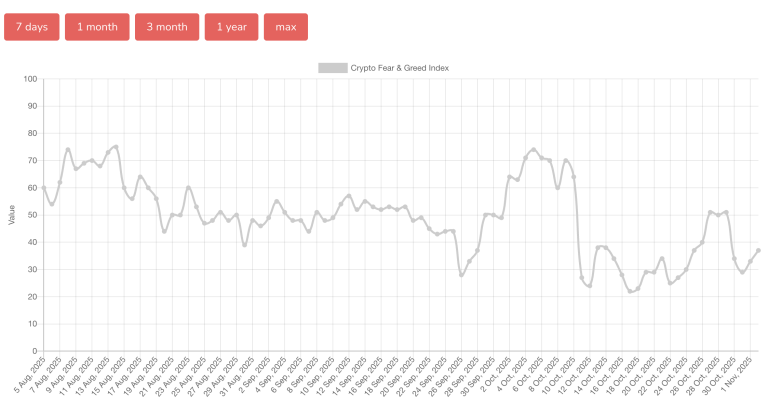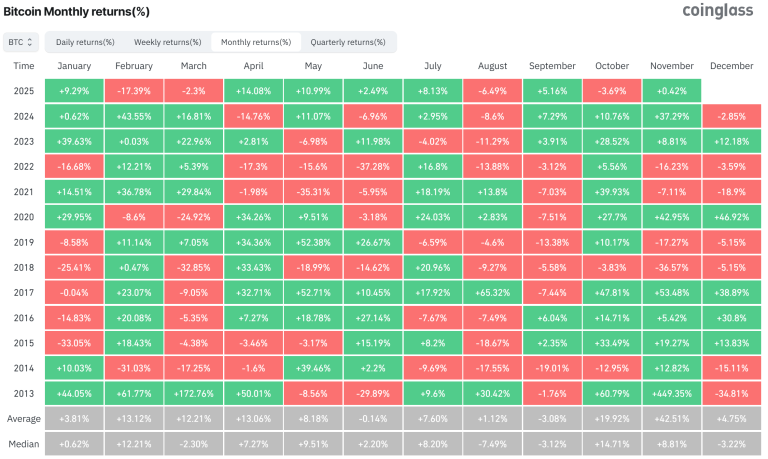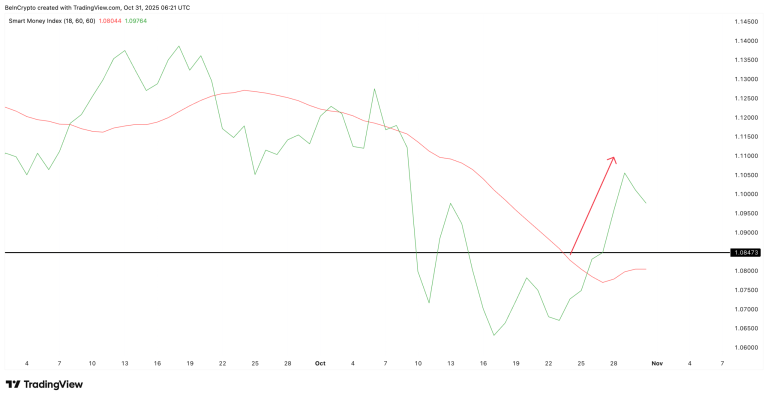Ripple Labs has launched a new service called Ripple Prime. This is a prime brokerage for institutions based in the United States. It allows clients to trade digital assets over-the-counter. This means large trades happen directly between parties, not on a public exchange. Major assets like XRP and RLUSD are available for trading.
The service offers more than just trading. It provides cross-margining and financing options. These features were not widely available from crypto prime brokers before. This move follows Ripple’s recent acquisition of a brokerage firm called Hidden Road. The new infrastructure is designed to meet strict US regulatory standards.
For institutions, this means they can make large trades without affecting the public market price. It also gives them access to professional financial tools. For Ripple, this is a clear shift toward serving institutional finance. XRP and its stablecoin are now part of this professional ecosystem.
At the same time, Ripple’s stablecoin, RLUSD, has passed a major milestone. Its market value has grown to over one billion dollars. This indicates strong demand from institutions. They are looking for stable and compliant digital dollars for settlements.
With its integration into Ripple Prime, RLUSD could see new uses. These may include collateral for loans or for settling cross-border payments. The launch positions Ripple as a competitor to other institutional services like Coinbase Prime.
However, this institutional focus raises questions about the role of XRP. Ripple’s corporate strategy is expanding into broader financial services. Some observers worry that XRP’s practical, on-chain utility might be left behind.
Ripple’s vision has always included XRP as a bridge between currencies. Yet the company’s own growth is partly funded by its holdings of XRP. This can make XRP seem more like a funding tool for Ripple than a transactional asset. How Ripple balances its corporate ambitions with the original purpose of XRP will be crucial for the token’s future.



